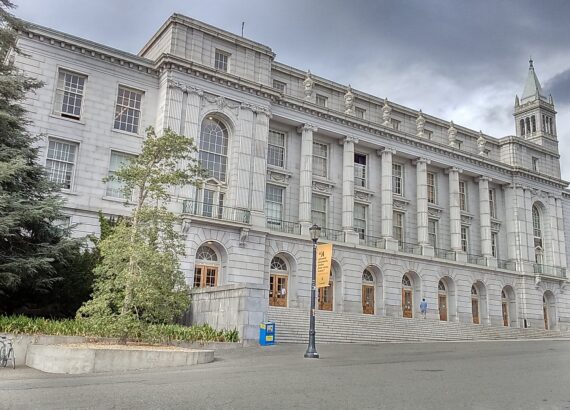Unions
I recently had a debate about unions with someone who knew slightly more about the state of the economic literature on the topic than I did. I know close to nothing about union economics specifically. Nevertheless, I hope that I am qualified to use general economics to shed light on what’s going on in Wisconsin and with public sector unions elsewhere.
The simplest way to think about unions is as having some market (monopoly) power. In other words, they are able to negotiate higher salaries/benefits than if each individual bargained for him or herself. Putting aside the benefits to the unionized and employed workers (which are clearly positive), what can be said about social welfare as a whole?
Well, it depends on what the employer side looks like. If potential employers are competitive firms, then wages will be inefficiently high and too few people will have jobs. If there are overseas firms competing with the local firms and the overseas firms don’t have to deal with unions, the local firms will be hurt by the increased cost of production and, at the extreme, go out of business.
However, in Wisconsin and elsewhere, we’re dealing with public sector unions. The public sector is overall much larger than a competitive firm. At the extreme, the public sector could be a monopsonist (the buyer equivalent of a monopoly), with the ability to set wages below what they would be in a competitive market (for the static economics of a monopsony, click here). In that case, unions can use their bargaining power to offset the low-wage effect of a monopsonist. However, the quantity of labor should be even lower than under simple monopsony with no unions (I think social welfare will be even lower, but don’t quote me on that). I personally think this is great news for those in favor of smaller government!
Whether or not the Wisconsin public sector is a monopsonist is a hard question. First, it depends on whether the public sector there is big enough to influence wages. According to this document, Wisconsin has about 51.8 public sector employees per 1,000 residents. Is that too small to be a monopsony?
Second, even if the first condition is true, the extent of monopsony power depends on whether the public sector acts as a single unit in setting wages. If the fire departments, public schools, DMV’s, and police stations set their wages separately and compete with each other for employees, monopsony power is limited. But if public sector wages are set by the state government, monopsony power is more plausible.
Of course, the government may be setting wages in some other bizzare way, in which case there isn’t much we can say about unions




Comments are closed.